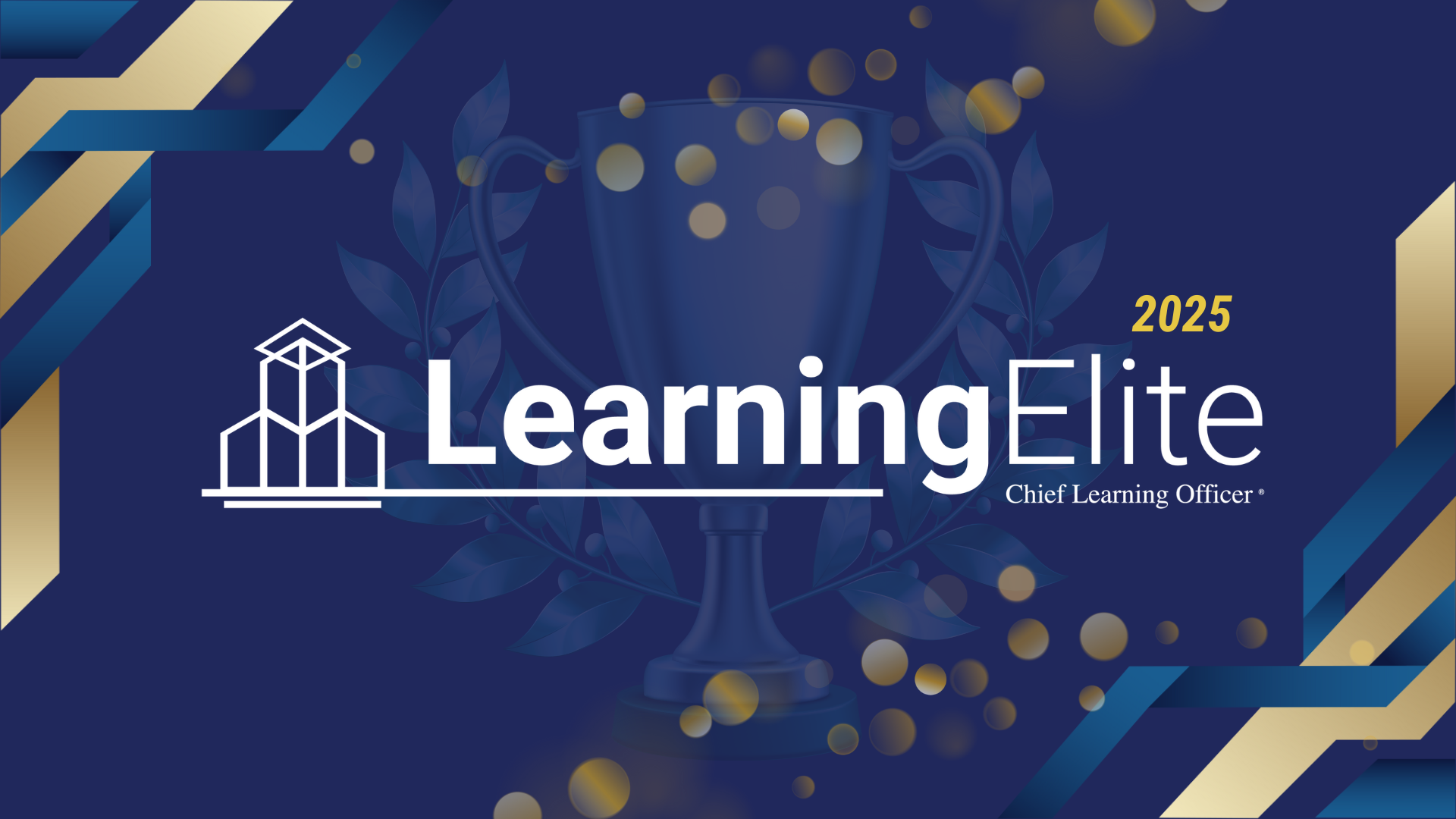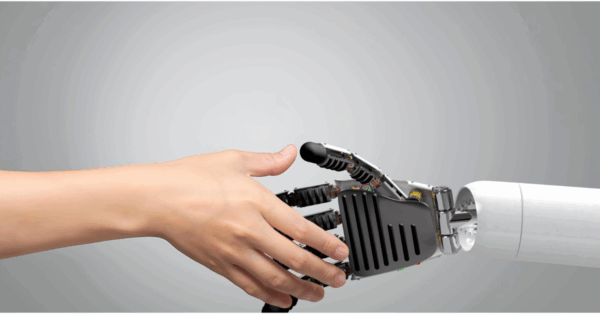In 2002, a key priority for the Motorola Learning & Development organization was to hone Motorola’s functional learning teams, referred to as “domains.” The engineering learning and development domain was first on the agenda. Motorola employs thousands of engineers, and at that time, the domain was weakly aligned with the key business needs of the engineering community. To strengthen the alignment, Corinne Miller, an engineering leader and change agent, was selected to head the domain. Miller’s appointment began a strong collaboration between the domain and Motorola’s engineering community that led to several innovative solutions that have increased alignment and demonstrated results. These solutions continue to drive impact today.
A New Leadership Approach
Historically, a domain’s leader was selected based on his or her learning and development skill set, while the functional skill set, such as engineering, came from periodic taps into subject-matter experts in the line businesses. The new approach was to rotate proven functional leaders into learning and development domain leadership positions. In this way, the credibility and ultimate impact of the domain would be increased. At the same time, the new domain leader would gain valuable experience and an opportunity for broader impact within the corporation. When the leader returned to the line of business, the learning and development community would have a strong sponsor and advocate.
Discovering the ‘Question’
Einstein once said, “If I had an hour to solve a problem and my life depended on the solution, I would spend the first 55 minutes determining the proper question to ask, for once I knew the proper question, I could solve the problem in less than five minutes.” Miller’s first step was to understand the “question” and the initial changes needed to jump-start the best solutions.
Miller used a systems approach to determine the question, exploring internal and external sources, and blending qualitative and quantitative data. Internally, Miller collaborated with senior engineering leaders, selected engineering practitioners, human resource business partners serving the engineering community, the current engineering domain team and leaders in other learning domains. External points of view were gathered from discussions with an accomplished engineering learning and development consultant, engineering university professors and learning professionals from other high-tech companies. Studies were conducted on employee performance research from the Corporate Executive Council’s Learning & Development Roundtable (LDR) and other industry research identifying the differentiating skills of high-performing engineers.
Synthesis of the internal and external information led to the engineering domain’s question: How might Motorola advance engineers’ performance through:
- Highly impactful learning and development methods?
- Differentiating skills development?
- Synthesizing qualitative and quantitative data from internal and external sources?
- Operational excellence?
Problem Space Defined
Relying heavily on her background, Miller used engineering and leadership principles to determine the problem and the solution space by using the four dimensions of the question to ensure a holistic approach that precisely aimed at the key requirements:
1. Learning and Development Methods: Quantitative as well as qualitative data showed that structured education was necessary but not sufficient to significantly improve employee performance. Rather, collaboration, coaching and on-the-job experience have greater impact on advancing employee development. Furthermore, the learning and development leadership had recently introduced a framework based on LDR data where the “Three Pillars of Learning” were on-the-job experience, coaching and collaboration, and structured education. Yet, the domain was focused only on traditional technical training.
2. Differentiating Skills: Internal and external data indicated that the skills that differentiate high-performing engineers include active listening, effective teaming, problem-solving, innovating, influence and leadership. Yet, the domain was focused only on a narrow subset of technical training.
3. Data Synthesis: Little input from external and internal sources was used to determine the domain’s strategy and projects. Engineering leadership input was minimal and practitioner input was absent in shaping the domain’s direction. Also absent was data from external research sources such as LDR, engineering universities and industry experts.
4. Operational Excellence: There were operational issues with structured education. It was found that many course categorizations were counterintuitive to engineers, and the process for maintaining course relevancy was highly manual and used insufficient criteria to determine relevancy.
Learning & Development Methods: Add Collaboration to the Lineup
Other HR programs were focused on corporate-wide solutions to increase development opportunities through on-the-job experience. Since both internal and external data sources had identified collaboration as a high-impact solution for the engineering community, a series of collaboration efforts were initiated:
- Act as a connector by sharing practices across Motorola business units.
- Create and chair an engineering learning track at the annual Motorola engineering symposium.
- Promote and expand the use of little-known internal online discussion forums known as “newsgroups,” in which engineers from across the corporation post questions and answers to help each other.
Thus far, 90 percent of surveyed symposium participants voted the engineering learning track as the most valuable out of symposium’s 22 tracks offered over four days. Reuse opportunities resulting from the domain “connector” function reduced some in-business learning-related projects’ cycle time efforts by as much as 50 percent. Early indicators for the latest project component, newsgroup collaboration, are projecting a 20 percent increase in employees’ project-cycle-time reduction.
Differentiating Skills: Focus on Innovation, Problem-Solving and Communication
Research documented by Robert Kelley in his article, “Star Engineer,” and by the National Engineering Academy in Washington, D.C., point to innovation, problem-solving and communication as differentiating skills needed both today and in the future. In addition, Motorola’s CEO has placed a strategic focus on innovation.
In light of this information, initial efforts were focused on advancing innovation by partnering with an accomplished vendor to initiate sessions that taught innovation techniques while solving critical business challenges. Creative problem-solving and communication projects, based on surveys of engineers and focus group data, are currently scheduled for rollout in January 2005.
To date, 100 percent of businesses that conducted a session implemented ideas that have had a direct impact on resolving key challenges. “The innovation sessions were a key factor in sizably increasing patent disclosures in our business sector within a year,” said Ray Sokola, a Motorola vice president of technology. Bruce Stone, a Motorola senior vice president and general manager, said, “We applied innovation learning sessions to increase the business impact and leverage of the Motorola engineering team in India. The team approach generated better ideas and more aggressive approaches.”
Data Synthesis: Build Conduits
Recognizing that communication is a key aspect of change management, Miller built a sound communications and relationship infrastructure to ensure the continued ability to synthesize quantitative and qualitative data from internal and external sources for the benefit of the domain.
Miller’s own small domain team was restructured to include three members with skills in project management, communication and learning, and extensive experience directly supporting personnel in line businesses. Miller then assembled a virtual cross-enterprise team of HR personnel with decision-making responsibility in learning and development to act as an extension of the domain team. Then, she built upon her existing executive sponsorship network of the chief technology officers, other key engineering leaders and the heads of HR from each business unit.
The domain team established communication conduits with the engineering practitioners through targeted e-mail distribution lists, a Web site, focus groups and surveys. A small number of external experts were identified as advisors. These included experts in learning and development, collaboration, communication and innovation. These individuals also have extensive networks of their own which can be tapped into as needed. Additionally, a small number of industry peers were identified as collaborators and advisors.
Operational Excellence: Correct Structured Education Issues
To correct operational issues, the domain team instituted an automated quarterly review process based on content volatility. This reduced the annual cost of maintaining hundreds of engineering courses by 80 percent. Additionally, new course categorizations, based on the Institute of Electronic and Electrical Engineering (IEEE) Software Engineering Body of Knowledge framework, reduced the time for software engineers to locate a desired software course by 81 percent.
Creativity and Innovation
Where there is creativity, there isn’t necessarily innovation. Only when creativity brings tangible value can it be called innovation. Research by innovation and creativity experts, such as University of Chicago’s Mikhail Csikszentmihalyi and MIT’s Nicholas Negroponte, suggests that Motorola used two proven techniques to jump-start innovation in the domain of engineering learning and development:
- Introducing an individual who is experienced in one field into another field.
- Blending individuals from different fields on a project many times.
The Next Big Step
The next big step for the engineering learning and development domain is to take the cross-field synthesis to the next level by sharing learning and practices across Motorola learning and development domains such as sales and marketing, quality and supply chain. These functions interface with engineering in the larger “system.” As Einstein said, “We can’t solve problems by using the same kind of thinking we used when we created them.”
Greg Walters is vice president of learning and development for Motorola Inc. and has more than 20 years of global learning and development experience with Motorola, AT&T, Ernst and Young and the British Research Society. Greg can be reached at gwalters@clomedia.com.
















